In FEA simulation, many new engineers believe that “learning the software is everything”!
Haven’t you ever heard a young engineer tell you something like:
You want to do Simulation? just learn to use XX software and you can do it.
Translation: If you know of to use XX software perfectly, that means you can do engineering simulation.
This is wrong.
Let me tell you why.
For that you need to understand the principle of the toolbox.
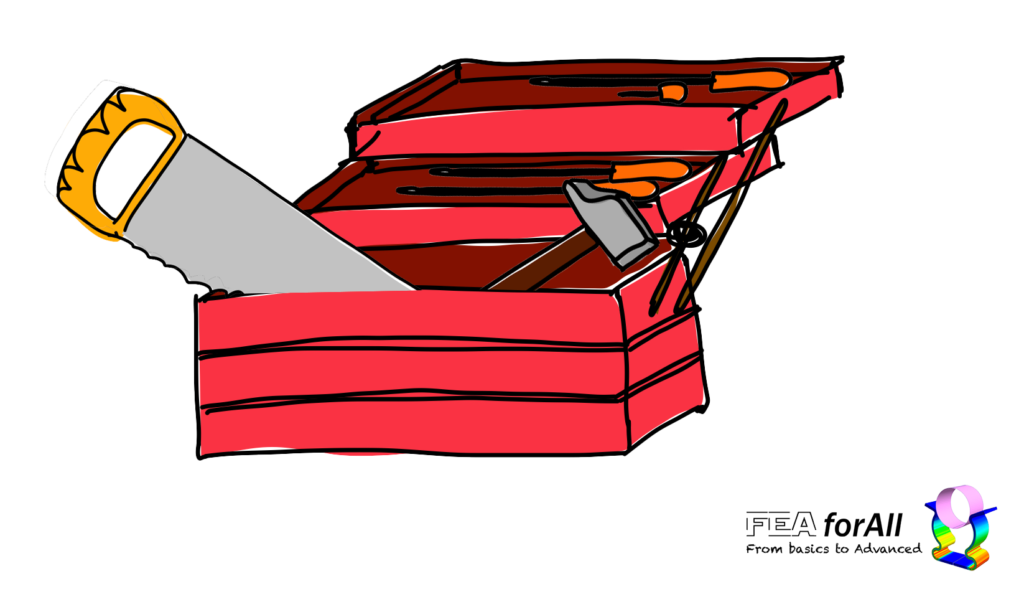
Imagine that you just bought a new house and there are renovations to do:
- Electricity is not working
- You need to re-make the kitchen
- The bathroom is leaking
- all the floor and walls are old and need some new tiles or paint
Imagine:
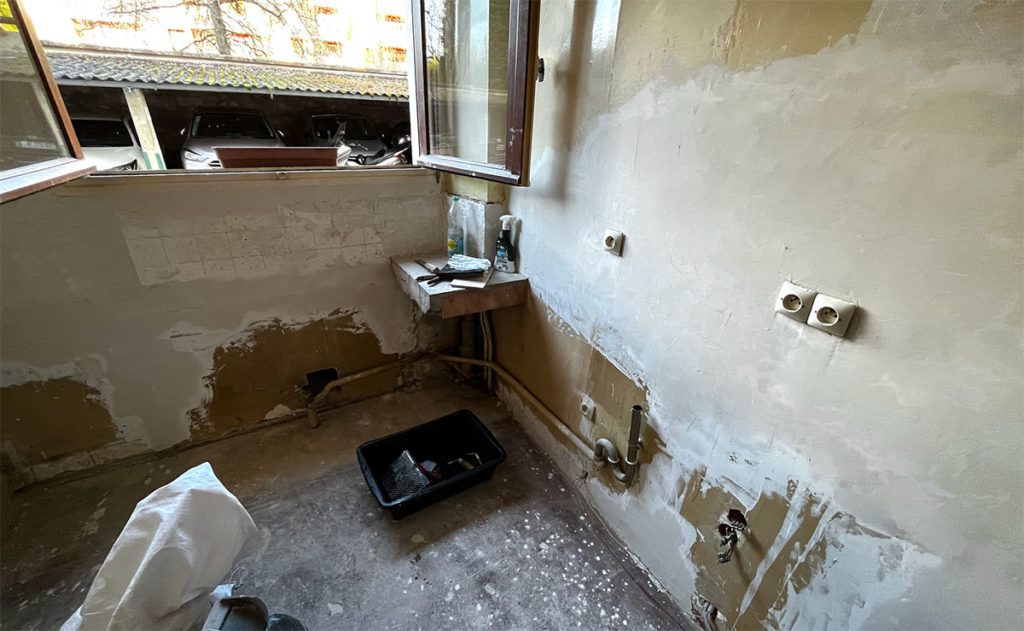
You are here at the middle of your new kitchen and someone comes to you with a big toolbox and says:
I give you this big toolbox, you have hundred of tools into it, you just learn how to use them and you will be able to renovate completely your house.
He is right?
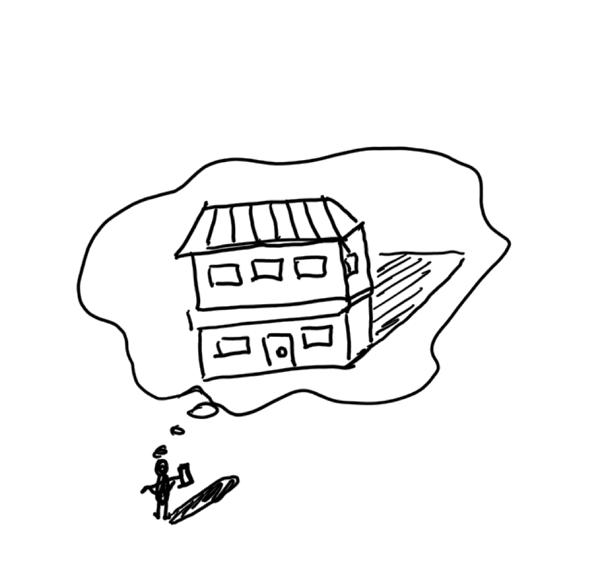
Partially. You will surely need to use those tools, but is it really all what you need?
Just think about it
You may have many screwdrivers, but that doesn’t tell you how to use them to fix electricity.
You need to have the knowledge about how electricity works, where it comes from and how to drive it where you will need it, know the safety principles, how to route the cables in the walls, how to fix the plugs and where. In fact you don’t even have the outlets, so you will need to buy them! And before that you may need to renovate the walls and you will need some cements as well… etc…
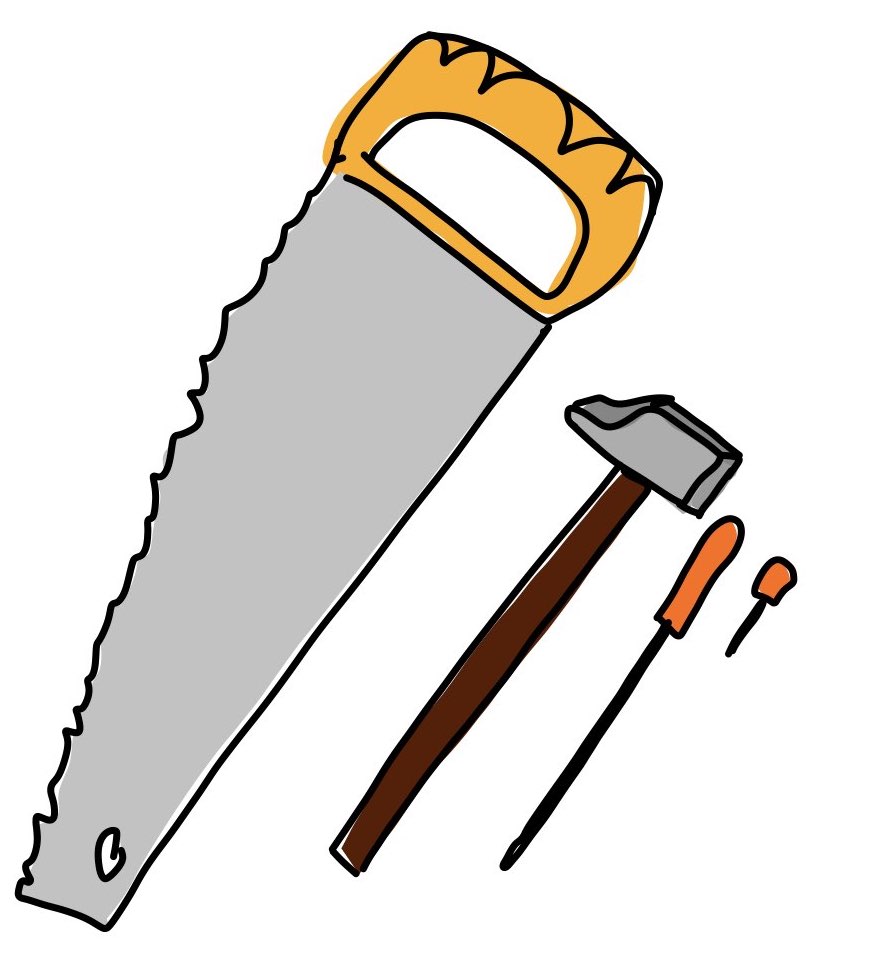
I think you get my point:
- Tools are not enough, you need some knowledge of the whole system
- You need to have the raw materials as well and the appliances
- You many not have all the tools in the toolbox
- You need to be wise and take safety measures as well
Ok, you understand electricity now, but…
You have to start doing the plumbing. You enter now a whole new world with different knowledge and skills to have!
What you just learned doing electricity won’t help you doing the plumbing unless you learn about it as well. The type of pipes and materials you need, how to stop water to flow, how to fix the pipes together to avoid any leak, etc…
That means:
- You can’t generalise knowledge from one area to another
- It’s not because you know well building 3D models that Simulation will be easy. It helps, because you need one to do the other, but that’s another set of skills to learn. 3D design is about geometry, 3D Simulation is about understanding engineering, systems, mechanics and materials.
- It’s not because you’ve done structural simulation that you can do Fluid simulation easily. It’s also 2 sets of skills!
The beginner sees the toolbox, the shiny tools, because you can touch them, they have fancy colours and shapes. You can use them to do things.
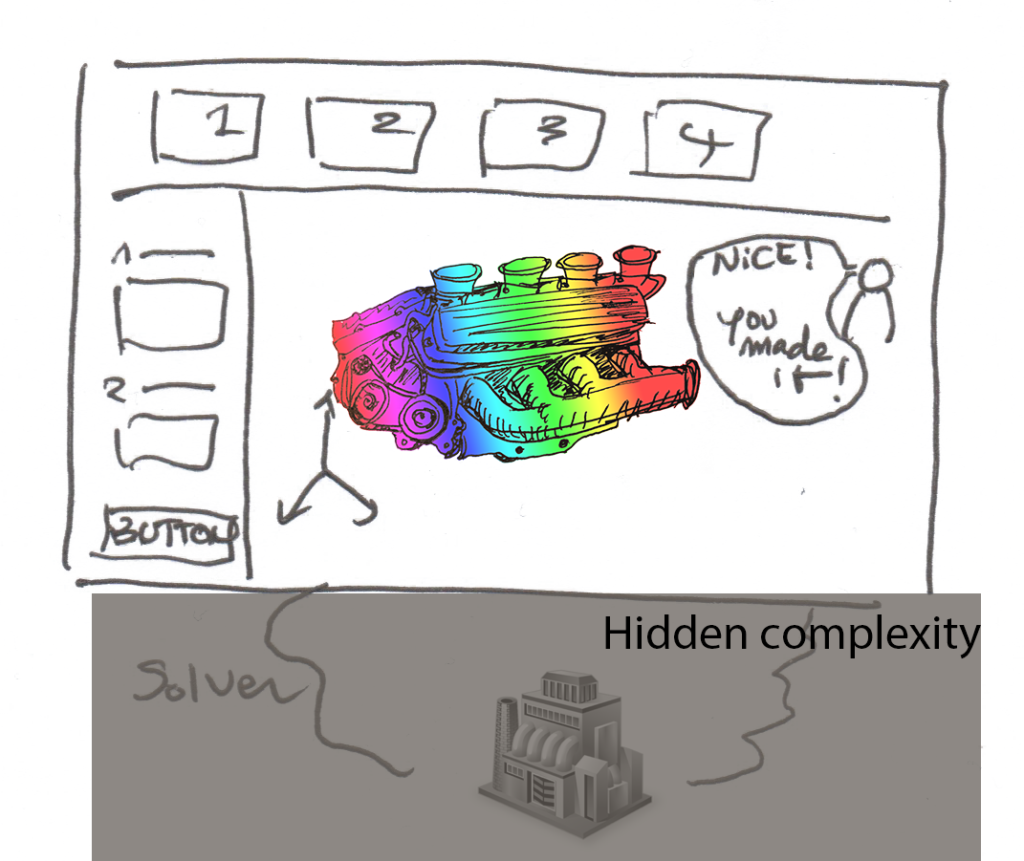
The veteran sees the system and which combination of tools will be needed or will lack at some point and which data, plan or strategy will be needed to achieve the final goal.
Simulation is ultimately about obtaining some useful information that will help the design of a system:
- Optimizing the shape of a car to be more aerodynamic
- Extend the time a battery will discharge
- Increase the load a system can bear
- Make sure a building is safe enough
- Etc…
If you want to be successful in achieving your FEA simulation, here’s what you need to know:
- What am I trying to achieve or prove? (Goal)
- What are the underlying physics at play? (Mechanics/Fluid/Acoustic…)
- Do I understand the theory of what I am trying to simulate?
- Is it possible to achieve such goal or obtain such results using Simulation?
- What type of simulation will be needed ? (Static/Dynamic/Linear/Nonlinear?)
- Do I have access to a software that can do that?
- How can I setup a simple test case model that will prove that I can obtain results and I know what I am doing?
- Are there some tutorials or documentation that can help me? Can I use the help of someone more expert in this area to give me some advice?
As you can see, the software is only the 7th question that you should be asking yourself about!
Cyprien “Back to writing Blog Posts” Rusu ;-)

Cyprien,
I have a more general question regarding Code_Aster. I would like to use Code_Aster for ASME B31.1 piping analysis. I see Code_Aster has piping elements and that flexibility modifications for elbows is included (which is essential). A simple tutorial of a basic analysis with Salome would be nice. My big problem with Code_Aster is I do not know the French language and the translations of the user documentation that I have seen does not help me much. What are your thoughts on this? Thank you.
Thank you.